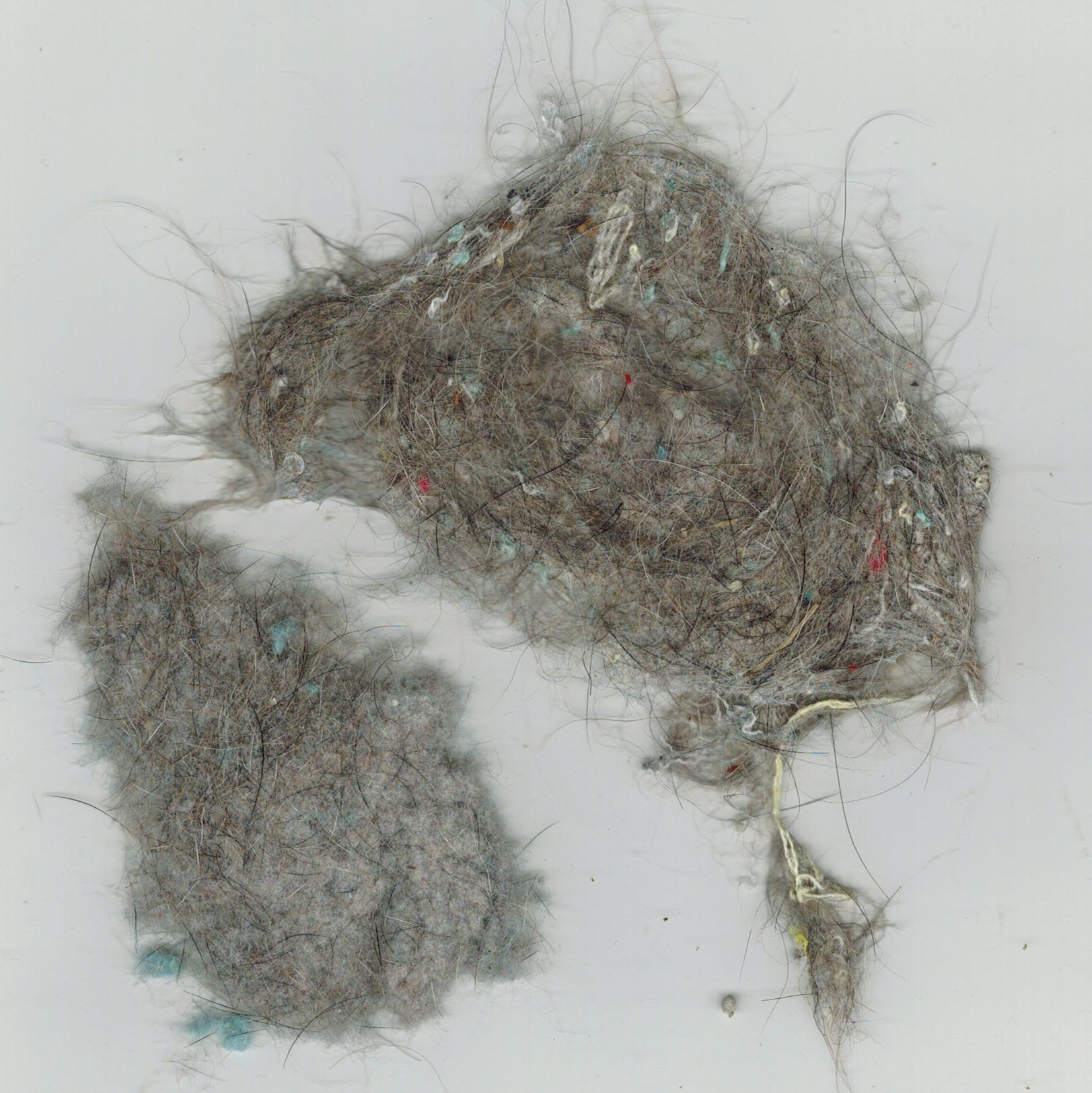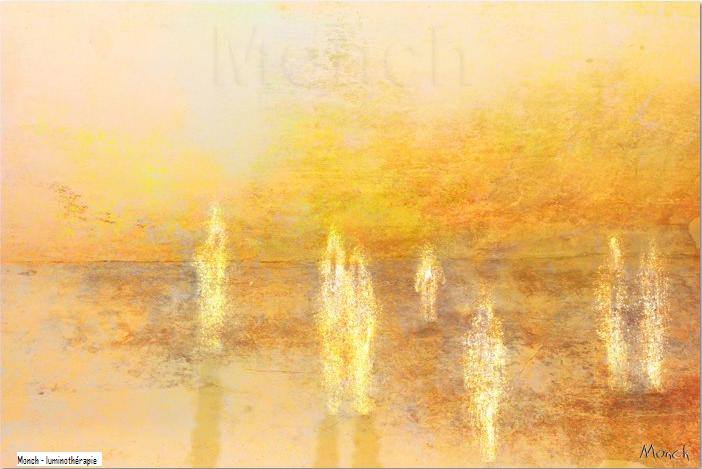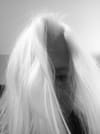The Colour of Lint
A Visual Effect and a Philosophical View

If you do a mixed load of coloured laundry, the colour of the lint in the dryer or in the filter of the washing machine is always gray.
Why is this?
The answer has to do with our visual perception and the composition of lint itself.
As clothing is washed, it sheds small fibres. When these fibres gather to become a clump of lint, all the colours made up of tiny threads are matted together. Your eye sees this tight mass of colours and combines them as one shade — grey. If you pull apart the lint and extract single pieces, you will see separate colours. Once you reunite them, you will again see only grey.
Artists have known about this effect for centuries. Some painted tiny dots of varying colours next to one another, thus creating one rich hue, tricking the eye into seeing a different reality. This is also how a display screen, comprised of minuscule pixels of red, blue, and green renders a coherent image.
What we see is not always what is really there.
We perceive the colour grey, and yet in this example, there can be a myriad of tints clustered together. There are perhaps two ways of thinking about this.
One way is that, contrary to the typical expression, we cannot see the trees for the forest. We do not perceive the individuals in the group. The group becomes nondescript. The mob is only one colour. “Groupthink” has only one dull hue.
Another perspective is that we see a completely different “whole” where many parts exist. The minute differences are essentially irrelevant, producing a new entity.
Cognitively this is how our vision works and if our vision effects our minds-eye then…?
To quote Hamlet whilst he was doing the laundry, “There are more things in Heaven and Earth, Horatio, than are dreamt of in your philosophy”.
Would you like to read other posts? If so, please click the Home Page link below:

You, Dear Reader, are much needed and appreciated.
Everything written requires a reader to make it whole. The writer begins, then you, dear reader, take in the idea and its image, and so become the continuation of its breath. Please subscribe so that my words can breathe. Consider this my hand, reaching out to yours.
